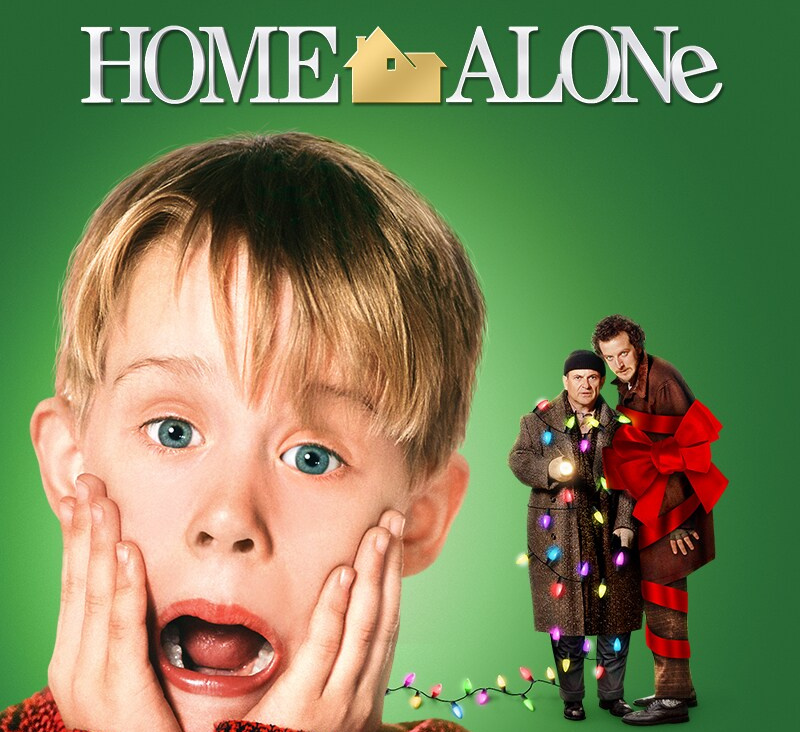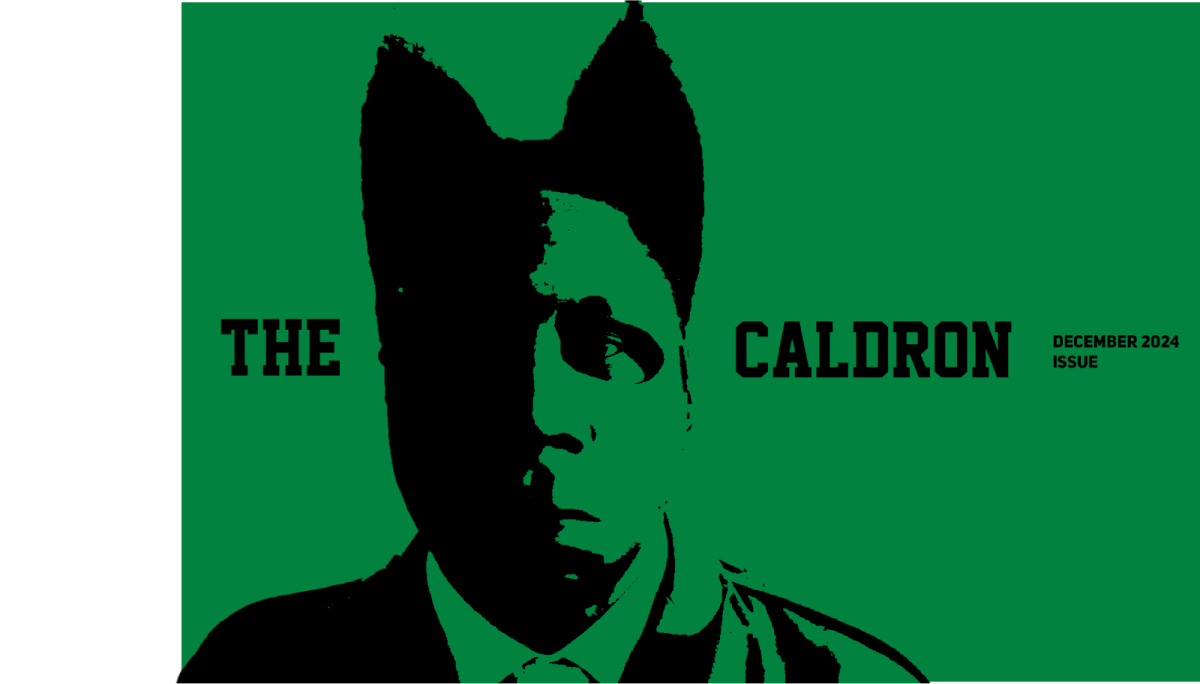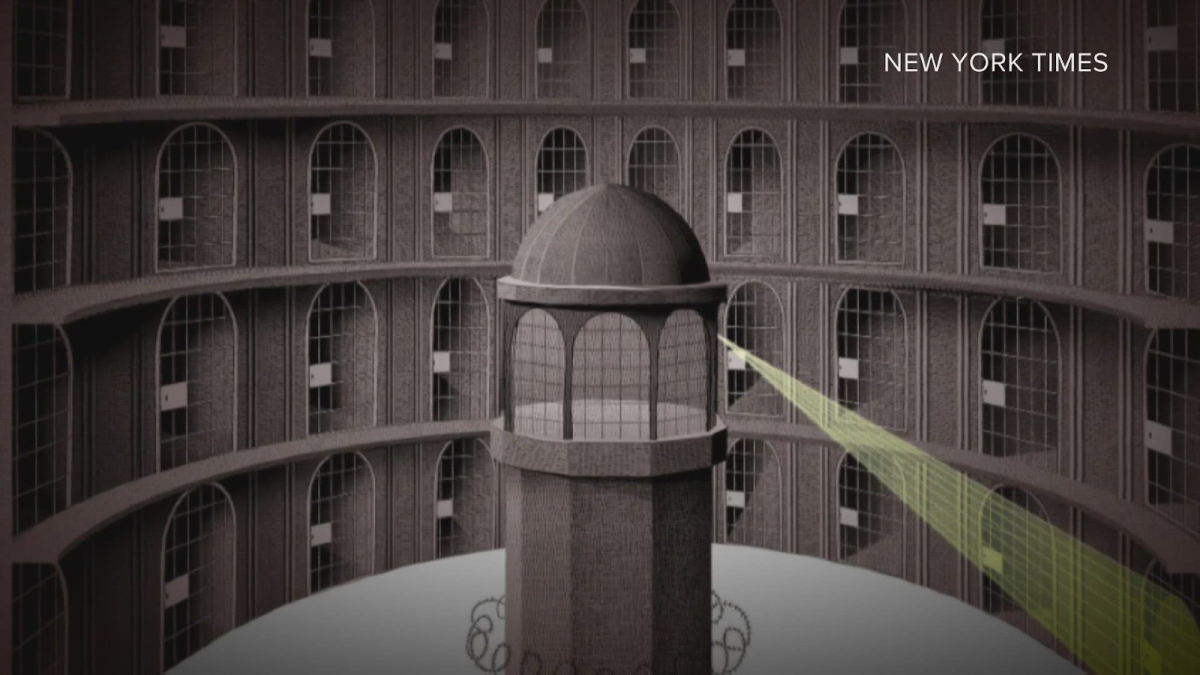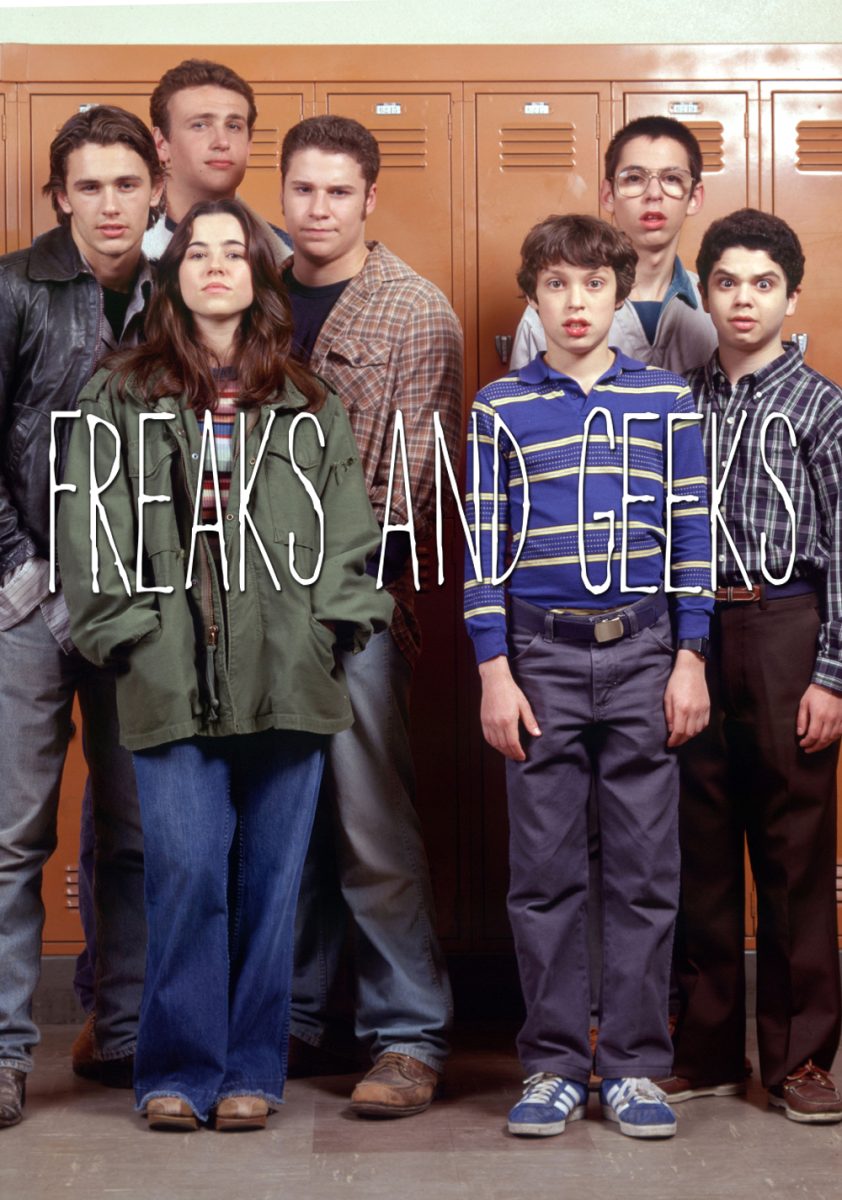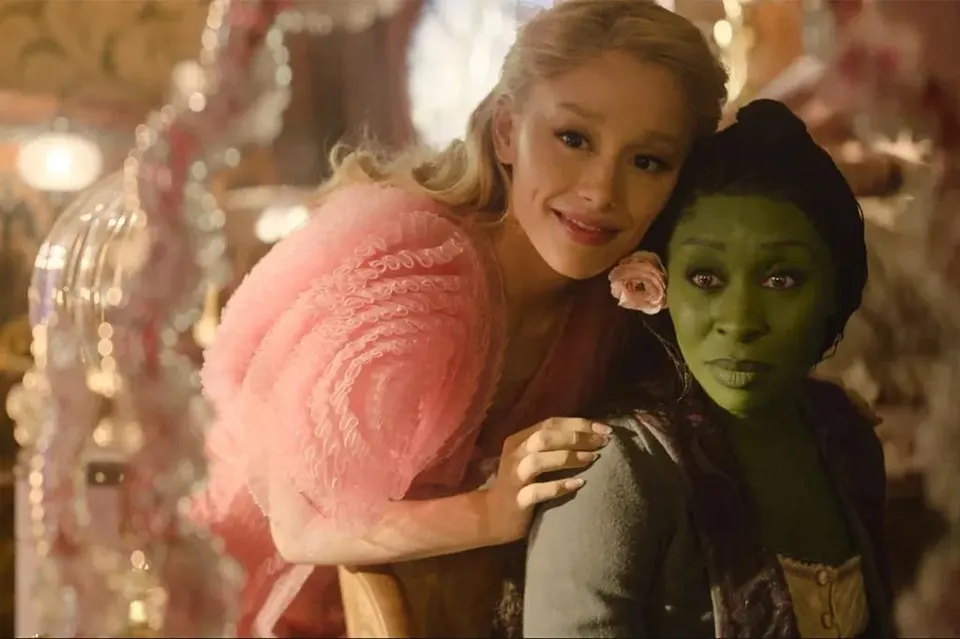What if you could plug a controller into an old-timey Mickey Mouse cartoon? Play as the tiny rodent as he scampers about, avoiding the gargantuan cat, and against all odds, barely overcoming its wrath. That age-old American cartoon style, mixed with unforgiving and challenging gameplay spells out the newest and most popular indie game on the market: “”Cuphead”.”
So what is “Cuphead” at its core? “Cuphead” is a 2D, run-and-gun shooter whose art style is entirely based on cartoons made in the 1930s. That’s really it. The game has very few moving parts when compared to other titles and, instead of throwing dozens of complex mechanics at you “Cuphead” applies a handful of controls in various ways to make every level fresh. Unlike a platformer such as Super Mario Bros. (not to say that Super Mario Bros. isn’t amazing) where the general feel of the game changes every few levels, “Cuphead” makes the shift with every boss fight, every “Run-And-Gun” level, every minigame. This makes each individual location in “Cuphead” memorable, instead of one amorphous collection of levels that represents “Cuphead” as a whole. Anyone who’s played “Cuphead” can tell you about the boss fight with the angry mermaid or climbing the giant tree as woodpeckers threaten to impale you. While these sound absurd to someone who’s never seen “Cuphead” in action, that’s exactly what makes it so memorable. The absurdity of some of these levels fits perfectly for the cartoons “Cuphead” mimics so well.
The aforementioned levels of “Cuphead” are brutal, but this is a good thing. “Cuphead” takes the classic approach to dealing with baddies: memorizing their patterns and applying the proper timing without getting overwhelmed. On paper this sounds like a recipe for boredom, but in practice what we get is a very difficult game and, in the end, a very satisfying gameplay style. It’s also important to note that with this “pattern” strategy, the level designers are forced to create a significant amount of diversity for every encounter. Not once is an enemy from one level reused in another and that shows dedication.

But what makes “Cuphead” a great game isn’t its gameplay, rather the art style. Every moving component in “Cuphead” was hand drawn in the same animation style as the early works of Walt Disney. What this leads to are some of the most fluid and expressive animations in a video game to date. Never before have I looked at something as simple as a walking animation and said to myself “that’s beautiful.” This animation style creates some of the most nostalgic visual experiences in a video game, maybe ever. Even if you didn’t grow up watching older cartoons, the art style that “Cuphead” uses is so engraved in American pop-culture that it’s instantly recognizable. I can confidently say that if “Cuphead’s” gameplay was bad, it would still be immensely praised for its art style.
So what’s bad about “Cuphead”? Not everything can be perfect. And while more hardcore gamers will simply write this complaint off as me being “bad” at video games, the difficulty is out of proportion. Now I’m all for difficult video games and it seems the general populous is too – otherwise Super Meat Boy and the Megaman series wouldn’t have been so amazing – but “Cuphead’s” skill curve is a little too steep. Where something like Super Meat Boy cultivated the player’s skills by making the first dozen levels simple, “Cuphead” throws you right into it’s visually stunning world of keyboard smashing. If you get angry easily, stay as far away from “Cuphead” as possible. Trust me, you’ll be doing your computer monitor a favor.
The indie scene for video games has exploded in the past 15 years. We’ve seen iconic games such as Castle Crashers, Limbo, and Fez rise to power. “Cuphead” is a perfect example of this, having sold over a million copies in two weeks of release. As the final verdict, I give “Cuphead” a 9/10, for it’s stunning artwork, creativity, and memorable gameplay, but a difficult skill curve that many players might never overcome. That’s all folks!











